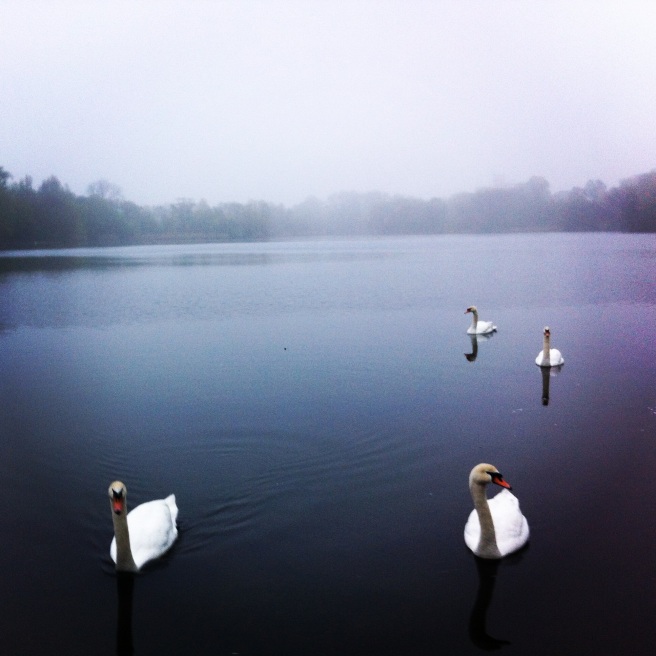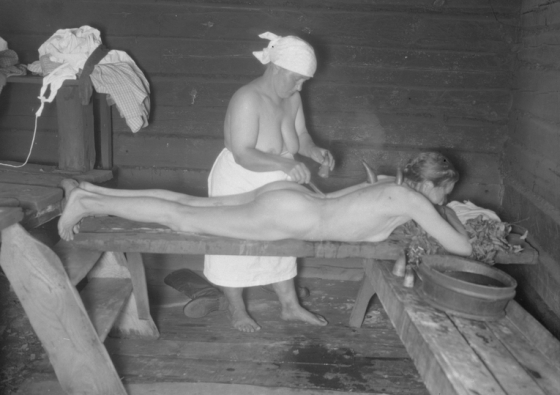Chances are if you are reading this then you are probably all too familiar with migraines. I will spare you the list of painful symptoms and focus on a Traditional Chinese approach to both the understanding and the treatment of migraines.
I’ve noticed that most people suffering from migraines are incredibly in tune with the nature of their specific migraine and have a ritual to cope. The migraine type of pattern has been documented and analyzed for over 3000 years with the advent of Traditional Chinese Medicine.
Characteristic of the migraine is the unilateral throbbing headache that wraps the lateral side of the head. Interestingly, in Traditional Chinese Medicine one meridian, the Gallbladder Meridian, wraps the lateral side of the head and travels down the lateral portion of the body culminating at the foot. Meridians are essentially lines that traverse the body and distribute Qi or energy. The Gallbladder meridian is most often treated to alleviate migraine symptoms and correct the root of the disharmony.
Five Elements:
The Gallbladder Meridian is a paired meridian with the Liver meridian. The two together comprise what is known as the Wood Element, which is one of the 5 Elements discussed in Traditional Medicine that connects the external world with the individual. The other elements expressed within the body are Metal, Earth, Water and Fire. Numerous traditional cultures including Indian, Tibetan, Persian, Norse, and Native American healers utilize knowledge of the elements in diagnosing and treating illnesses in people.
Between Heaven and Earth:
Humans are a living microcosm of both the Heavens and the Earth. Rivers are reflected in the body through the meridians as well as the flow of blood through the vessels. The Liver and Gallbladder correspond to the natural world as Wood, the climactic condition of wind, the color green, the emotion of anger, the sound of shouting and a “goaty” odor. Their point of entry is in the eyes and the Qi of the Liver and Gallbladder are manifested in the sinews, joints and nails.
Migraines reflect stagnation of Qi within the Gallbladder meridian. As the Qi is constricted pain ensues and vision can be affected as the Gallbladder and Liver Qi open to the eyes.
Some Common Causes:
Diet can affect the Spleen Qi:
Many people do not realize that they are sensitive to certain foods that can trigger a migraine. Some common offenders are processed foods high in MSG, and foods high in tyramine.
The following foods that are high in tyramine: Meats that are pickled, aged, smoked, fermented, or marinated, most pork (except cured ham), chocolate and fermented foods, such as most cheeses, sour cream, yogurt, shrimp paste, soy sauce, soybean condiments, teriyaki sauce, tempeh, miso soup, sauerkraut, kimchi, fava beans, green bean pods, avocados, bananas, pineapple, eggplants, figs, red plums, raspberries, peanuts, Brazil nuts, coconuts, processed meat and yeast.
Stress affects the Liver and Gallbladder Qi:
Stress can release a cascade of hormones that prepare your body for fight or flight. Adrenaline or epinephrine acts as a neurotransmitter and a hormone. Adrenaline prepares the body for action by increasing the heart rate, blood pressure while slowing down some of the blood flow. Blood is drawn away from the extremities and abdomen and sent to the vital organs. Muscles often tense as they are prepared to spring into action. This is one reason the muscles of the jaw and neck can be extremely tight on people who undergo lots of stress.
Muscle strain: Clenching your jaw (throughout the day or at night) puts a lot of tension on the Sternocleidomeastoid (SCM) muscle that inserts at the base of the head. This tightening creates a shortening of the muscle and therefore oxygen, Qi and blood flow are diminished. This tension can trigger a migraine.
Posture affects Qi and Blood in the Channels:
Occupational hazards such as sitting for extended periods of time or leaning forward can cause “slow whiplash”. As the head leans forward pressure is placed on the occipital muscles, which, creates a decrease in Qi and blood flow. This tension can cause or exacerbate migraines.
Physical Trauma:
Many migraine sufferers can report an acute situation when their migraines began. Often this can be a car accident, acute fall, post-surgery, sacral traumas like epidurals and broken coccyx bones.
Hormones:
Migraines are often related to the fluctuating levels of estrogen. Triggers can be the sharp rise of estrogen at ovulation or the steep drop in ovulation before the menses.
Oral Birth Control affects Liver Qi and Blood:
Synthetic estrogen and progesterone can trigger migraines.
Lighting changes / Glare / Fluorescent Lighting:
Visual changes and sensitivity to light as well as extended times viewing computer screens and other digital devices can trigger migraines. Light emanating from fluorescent bulb has a flicker that is imperceptible. Ever feel woozy in a mall? This is most likely from the visual onslaught of numerous fluorescent lights.
Environmental Toxins
Holistic Treatment:
Migraines need to be evaluated based upon triggers, frequency, duration and intensity. Traditional Chinese Medicine looks at every aspect of the individual to determine the root of the condition as well as a clear strategy for treatment. It is important to understand the root of your personal situation.
If you suffered a traumatic accident to either your head or sacrum CranioSacral therapy may be a valuable modality. Dr. Sutherland at the turn of the century discovered that the cranial bones are actually not fused. This is why an injury can “shift” or compress the nerve plexus and create continuous disharmony until regulated.
Acupuncture and Herbal Therapy is an effective way to treat the source of tension in the body while releasing musculoskeletal constrictions. Acupuncture and herbal therapy can also help address underlying causes of stress and trauma to help individuals cope with stress more manageably as well as uncover new ways of being. Additionally, this modality can have a powerfully balancing effect of the endocrine system, which will help regulate ebb and flow of estrogen.
A personal plan will be formulated to address your specific needs. Herbal therapy, dietary therapy, manual manipulation and acupuncture will be utilized to help reduce migraine frequency and intensity.










